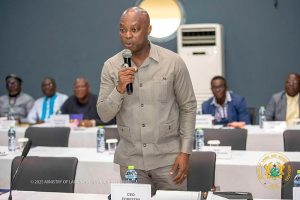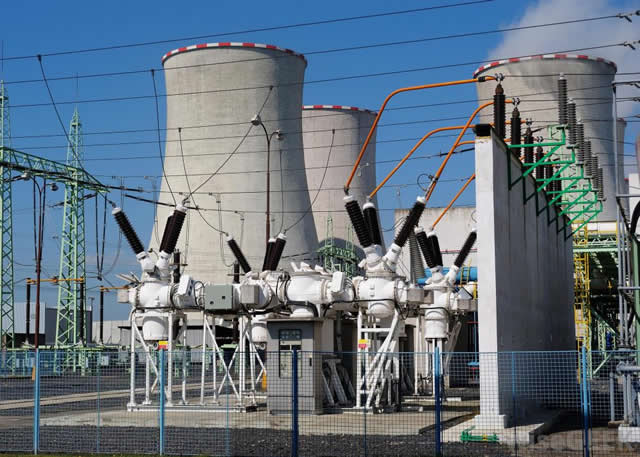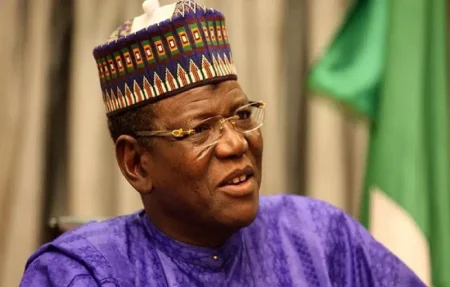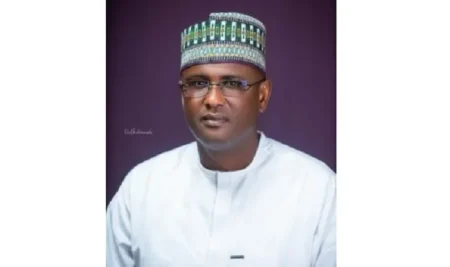The Nigerian power sector continues to grapple with significant challenges, leaving vast swathes of the country in darkness. Despite a substantial investment in power generation infrastructure, particularly through the Niger Delta Power Holding Company (NDPHC), actual power output remains drastically below installed capacity. The NDPHC, tasked with managing the National Integrated Power Projects (NIPP), oversees plants capable of generating over 4,000 megawatts (MW). However, recent reports from the Nigerian Electricity Regulatory Commission (NERC) indicate that these plants struggle to produce even 1,000 MW, a mere fraction of their potential. This underperformance perpetuates a chronic energy deficit that hampers economic development and disrupts the lives of ordinary Nigerians. While some plants, like Ihovbor 2, operate near full capacity, the majority lag significantly behind, with some failing to generate any power at all for extended periods. This systemic underutilization of resources necessitates a thorough examination of the underlying causes and the implementation of effective solutions.
The chronic underperformance of NDPHC plants stems from a complex interplay of factors. Years of NERC reports reveal a consistent pattern of underutilization, pointing to deep-seated issues within the power sector. While the Nigerian government has repeatedly announced increases in overall power generation, the actual output from these plants remains significantly below their potential. For example, despite an installed capacity of 13,625MW across all power plants, only 5,257MW was generated in a recent month, representing a mere 39% utilization rate. This stark discrepancy highlights a critical gap between investment and output, raising concerns about the effectiveness of existing strategies. Several NDPHC plants exemplify this inefficiency: Alaoji 1 has been inactive for months, while Olorunsogo 2 struggles to generate even a small percentage of its 750MW capacity. Sapele 1 and 2, Omotosho 2, Ihovbor 1, Omotosho 1, Olorunsogo 1, and Omoku similarly operate far below their potential, contributing to the persistent power shortages.
The NDPHC, conceived as a solution to Nigeria’s power woes, was established under the Companies and Allied Matters Act as a public-private partnership with the mandate to manage the NIPP. The initiative, championed by the Obasanjo administration, aimed to create an integrated approach to power generation, encompassing fuel sources, turbines, transmission, and distribution infrastructure. This integrated model was intended to overcome the capacity limitations that plagued the power sector and ensure a stable and reliable electricity supply. The “national” aspect of the project underscored the significant financial commitment from all levels of government, recognizing the capital-intensive nature of power infrastructure development. The vision was to create a robust power sector capable of driving economic growth and improving the quality of life for all Nigerians. However, the reality has fallen far short of these aspirations.
Despite the substantial investment and the ambitious goals of the NIPP, the NDPHC has struggled to deliver on its mandate. The persistent underperformance of its power plants has led to calls for greater accountability and a reassessment of the operating model. Former NDPHC Managing Director, Chiedu Ugbo, acknowledged the significant government investment in the company while lamenting the underutilization of its 4,000MW generation capacity. This admission underscores the urgent need to address the systemic challenges hindering the effective operation of these plants. In an attempt to rectify the situation, the Federal Government has embarked on a privatization program, selling off some NIPP plants and exploring further divestment options. This move reflects a growing recognition that a change in ownership and management might be necessary to unlock the full potential of these assets.
The challenges facing the NDPHC are multifaceted, going beyond mere technical issues. Liquidity challenges, including persistent consumer debt and inadequate government subsidies, have crippled the financial viability of power generation. Distribution companies (DisCos) are hesitant to take on additional power due to non-cost-reflective tariffs, creating a bottleneck in the supply chain. This reluctance stems from the inability to recoup costs from consumers, further exacerbating the financial strain on the sector. The Power Minister, Adebayo Adelabu, while acknowledging the significant investment in the NIPP plants, questioned the optimization of these assets, highlighting the gap between potential and actual output. This concern reflects a broader recognition that simply building power plants is insufficient; ensuring their efficient and sustainable operation is equally crucial.
Experts in the Nigerian power sector point to a combination of factors contributing to the NDPHC’s struggles. Gas shortages, inadequate Power Purchase Agreements (PPAs) with the Nigerian Bulk Electricity Trading (NBET), and limitations in the transmission grid all play a role in restricting power output. The inability to deliver generated power effectively to homes and industries underscores the need for a holistic approach to power sector reform. Bringing manufacturers back onto the national grid is seen as crucial for increasing demand and ensuring the financial viability of power generation. Experts also highlight the need to address the individual challenges of each power plant, recognizing that a one-size-fits-all approach will not suffice. Furthermore, the interconnectedness of the power sector requires addressing issues in generation, transmission, and distribution simultaneously, as isolated solutions will not yield the desired results. Ultimately, addressing these complex and interconnected challenges requires a comprehensive and coordinated effort from all stakeholders, including government, regulators, operators, and consumers.













